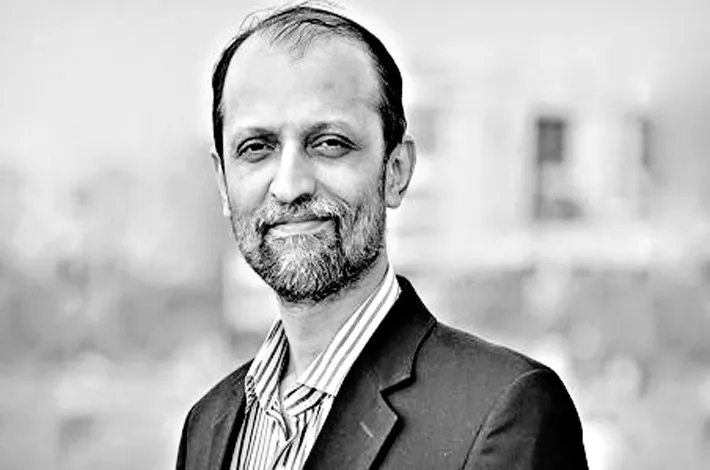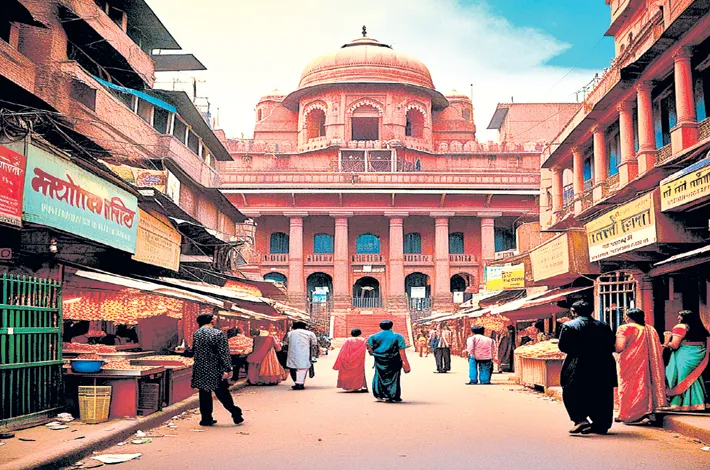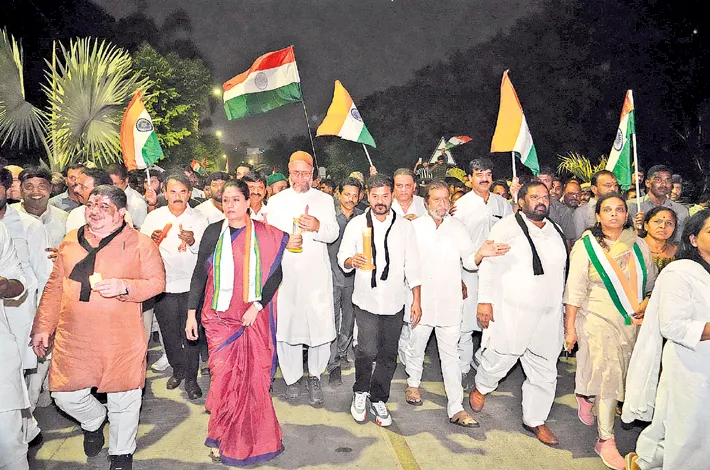Dr. Manmohan Singh: Scholar, gentleman, and great son of India
28-12-2024 12:00:00 AM

As Finance Minister, after devaluing the Rupee, he donated the windfall to the Prime Minister’s Relief Fund.
The passing of Dr. Manmohan Singh, architect of economic reforms, is truly the end of an era. His style of leadership exemplified simplicity, dignity, grace, and the art of seeking consensus.
As Prime Minister for two terms from 2004 to 2014, he led coalition governments and achieved a great deal in terms of landmark legislation and high economic growth. In that respect, his tenure can be compared to that of Prime Minister Atal Bihari Vajpayee, who also led a government with 23 coalition partners.
This week marked the 100th birth anniversary of Vajpayee. There is a telling comment that Vajpayee left in the visitors’ book after the death of Vice President Krishna Kant. Paying tribute to Kant, Vajpayee wrote in Hindi, in his impeccable, decorative handwriting: “Here was a beautiful lotus flower that bloomed despite being in the cesspool of politics.
” These remarks are equally applicable to Manmohan Singh—a scholar, economist, and statesman whose life embodied dignity, intellect, and humility.
Dr. Singh’s journey is truly inspirational. Born in a small village in undivided Punjab, he was raised by his grandparents in frugal circumstances. His early life was shaped by the upheaval of Partition. Displaced by the chaos, Singh rose through sheer perseverance to achieve academic excellence.
He earned scholarships to study at Cambridge and Oxford. At Cambridge, he topped the Economics Tripos and received the Adam Smith Prize, a rare accolade for an Indian.
At Cambridge, Singh’s intellectual rigor earned him admiration from renowned economists like Joan Robinson and Nicholas Kaldor. His doctoral thesis on India’s export prospects challenged the prevalent pessimism.
His book, India’s Export Trends and Prospects for Self-Sustained Growth (1964), became a seminal work advocating export-driven growth. Decades later, India’s economic trajectory would vindicate his vision.
Singh’s career spanned academia, administration, and politics. He began as a professor at the Delhi School of Economics and later held roles such as Chief Economic Advisor, Governor of the Reserve Bank of India, and Vice Chairman of the Planning Commission. Subsequently, he served as Finance Minister and then as Prime Minister for two terms.
His career reflected academic brilliance, administrative acumen, political savvy, and governance expertise. No other economist has had such a breathtaking career and meteoric rise.
Dr. Singh’s appointment as Finance Minister in 1991 was a turning point for India. Faced with a severe balance-of-payments crisis, Singh unleashed bold economic reforms, including dismantling the license raj, deregulating banking, and opening the economy to trade and foreign investment.
In his maiden budget speech in 1991, Singh quoted Victor Hugo: “No power on earth can stop an idea whose time has come.” That idea was the emergence of India as an economic power. He ensured the reforms were supported by expert committees, providing a robust foundation.
These included the Raja Chelliah Committee for tax reforms and the Narasimham Committee for financial sector reforms.
These reforms resolved the crisis and paved the way for sustained growth. India’s GDP growth rates soared, and by the end of Singh’s two terms as Prime Minister, India had joined the league of $2 trillion economies.
Dr. Singh’s tenure as Prime Minister (2004–2014) further cemented his legacy. His leadership style, marked by consensus-building and quiet determination, led to landmark legislation, including the Right to Information Act, MGNREGA, and the rollout of Aadhaar. He also demonstrated political courage by staking his government’s survival on the Indo-US civil nuclear deal.
Singh’s integrity and humility were his hallmarks. Stories abound of his simple lifestyle and ethical conduct. As Finance Minister, after devaluing the rupee, he donated the windfall to the Prime Minister’s Relief Fund. When he lost a Lok Sabha election and had borrowed funds for his campaign, he promptly repaid the loan.
Singh’s views evolved over time. Early in his career, he was a staunch advocate of free trade and market-oriented reforms. As Prime Minister, his policies leaned toward welfarism, reflecting a nuanced understanding of growing income inequalities and the need for a safety net. His balance between market liberalization and social welfare showed pragmatism and intellectual honesty.
His open-mindedness echoed John Maynard Keynes’s dictum: “When the facts change, I change my mind. What do you do, sir?” Singh’s readiness to adapt ensured his policies remained relevant, addressing both economic crises and social inequities.
Dr. Singh’s influence extended beyond India. As Secretary-General of the South Commission, he championed South-South cooperation, preparing him for leading coalition governments at home. This role also shaped his approach to multilateral diplomacy. Under his leadership, India became a key player in global forums like the G20. His tenure amplified India’s voice on issues like climate change and trade, reflecting his commitment to inclusive and sustainable development.
Like any public figure, Singh faced criticism. His tenure as Prime Minister saw allegations of corruption within his coalition government, leading to a perception of weakness. Yet even his harshest critics acknowledged his personal incorruptibility and sincerity. He often responded to detractors with silence, describing it as maintaining their dignity.
Dr. Singh’s career is a testament to the genius of India’s democracy, showing how individuals from modest beginnings can rise to power. His legacy is one of dedication, scholarship, and decency. He believed in the transformative power of ideas and hard work.
As the nation bids farewell to this “gentleman leader,” his words resonate: history will judge him kindly. For in Dr. Manmohan Singh, India had a leader who symbolized quiet strength, relentless intellect, and unshakable integrity.








